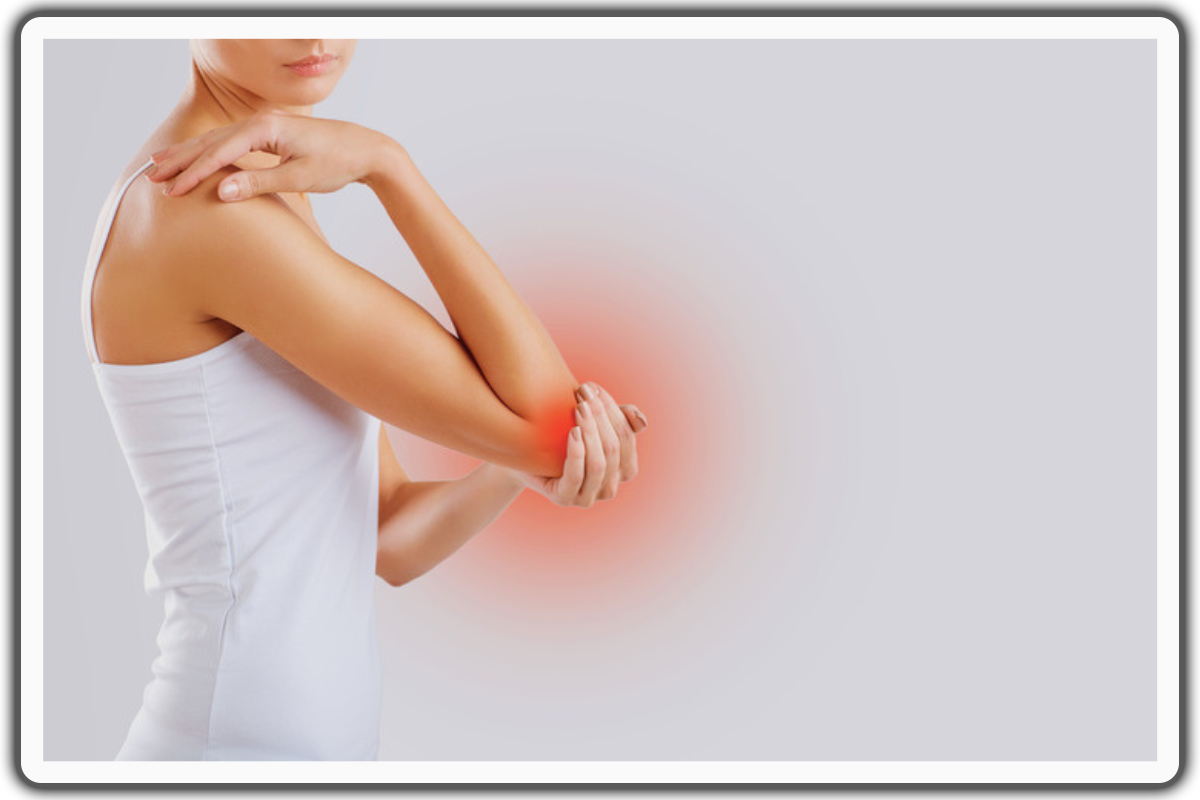
Essential Olecranon Bursitis Exercises for Effective Recovery
Are you dealing with olecranon bursitis and want to get better faster? You're in luck! In this guide, we'll go through important elbow bursitis exercises that can help reduce pain and speed up healing. Whether you're an athlete with an elbow injury or bursitis from repeatedly performing the same movements, these exercises can bring relief. Regularly performing these exercises can decrease pain and enhance flexibility in your elbow. But remember, if you have septic bursitis, always talk to a doctor first. Let's dive into these elbow bursitis exercises and get you feeling better soon!
What is olecranon bursitis?
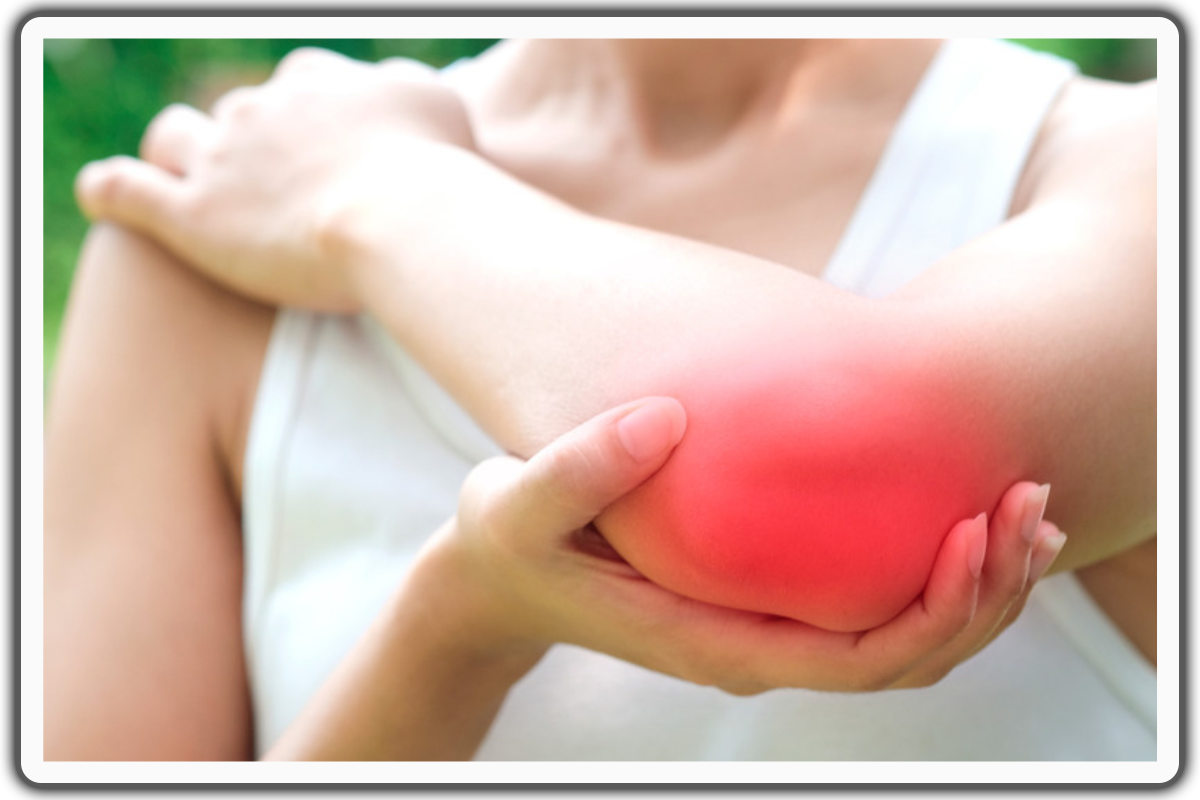
Olecranon bursitis, also known as elbow bursitis, presents as inflammation of the bursa, a small sac containing fluid at the end of the elbow. The bursa acts as a cushion between the skin and the underlying bones and tendons, facilitating seamless joint movement. When the elbow bursa becomes inflamed, it can lead to pain, swelling, and a limited range of motion in the elbow.
Causes and Symptoms of Olecranon Bursitis
Various factors, including trauma to the elbow, prolonged pressure, repetitive motions, infection, or underlying medical conditions such as gout or rheumatoid arthritis, can cause olecranon bursitis. The symptoms of olecranon bursitis typically include swelling at the back of the elbow, tenderness, warmth, and restricted movement. The bursa may sometimes become infected, leading to redness, increased pain, and pus formation.
How to Treat Olecranon Bursitis
Treating olecranon bursitis involves a combination of self-care measures, medical interventions, and exercises. Self-care measures can effectively relieve symptoms and promote healing in mild cases that develop elbow bursitis and where there is no infection. These measures include rest, applying ice packs, elevating the affected arm, and taking over-the-counter pain medications. However, if the bursitis is severe or accompanied by an infection, medical interventions such as drainage of the bursa or antibiotics may be necessary.
How to wrap elbow bursitis
Wrapping the elbow with a compression bandage is one self-care measure that can help alleviate symptoms and support healing. This can provide stability in the joint, reduce swelling, and promote proper alignment. To wrap the elbow.
- Start by holding the end of the bandage against the forearm, just below the elbow.
Wrap the bandage in a figure-eight pattern, crossing over the front of the elbow, then behind it, and repeating the process several times.
Ensure the bandage is secure but not too tight to restrict blood flow.
Can I Do a Workout with Elbow Bursitis?
While it is important to rest the affected arm during the acute phase of olecranon bursitis, once the pain and swelling have subsided, it is generally safe to resume exercising. Including targeted exercises in your daily regimen can strengthen the surrounding muscles, improve flexibility, and promote healing. However, consulting with a physical therapist or healthcare professional before commencing any exercise program is crucial to ensure you perform the right exercises and avoid further injury.
The Importance of Exercises for Olecranon Bursitis Recovery
Exercise is crucial for the management and recovery from olecranon bursitis. It helps alleviate pain, reduce swelling, and strengthen the muscles surrounding the elbow joint, improving stability and preventing future injuries. Additionally, exercises can enhance flexibility and increase the range of motion in the affected joint. By incorporating these essential exercises into your recovery plan, you can regain functionality in your elbow and enjoy a pain-free life again.
The Best Olecranon Bursitis Exercises
Elbow Flexion Stretch
Begin in an upright position with your knees bent and feet flat on the floor, maintaining a good alignment with your head, shoulders, and hips. Raise the affected arm to shoulder height and bend through the elbow, bringing your palm to hover over your shoulder. To intensify the stretch, use your other hand to gently push the back of your affected forearm towards your shoulder. Hold this position for at least 15 to 30 seconds. Relax and return to the starting position. Complete for 2 to 4 repetitions.
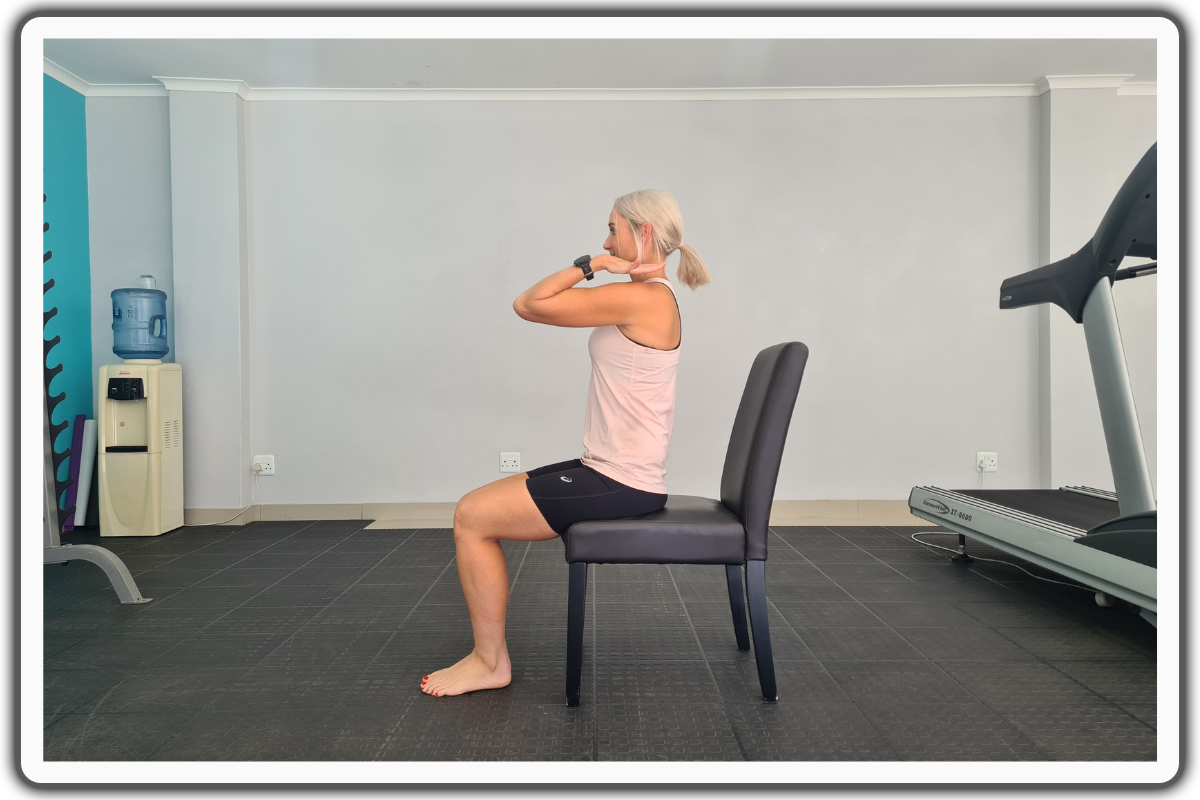
Elbow Extension Stretch
Begin in an upright sitting position on a chair with your knees bent and feet flat on the floor, maintaining good alignment with your head, shoulders, and hips. Extend your affected arm in front of your body at shoulder height. Flex your wrist to raise your fingers toward the ceiling with your palm facing away from your body. Pull your fingers further back using your opposite hand to intensify the stretch. Hold this position for several deep belly breaths, in through your nose out through your mouth. Relax and repeat the movement on the opposite side.
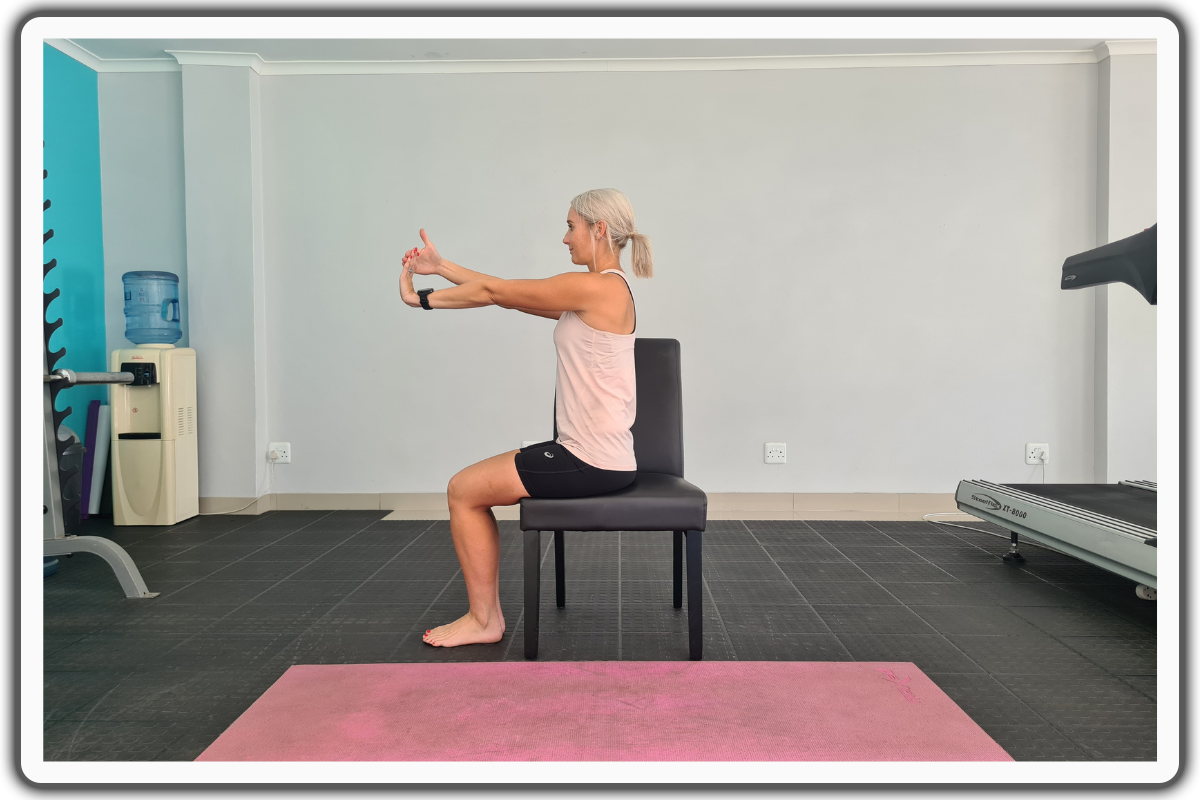
Pronation and Supination Stretch
Begin in an upright sitting position on a chair with your knees bent and feet flat on the floor, maintaining good alignment with your head, shoulders, and hips. Raise your arm in front of your body at shoulder height with your palm facing downward. Use your other hand to support your affected elbow. Rotate your forearm so that your palm faces the ceiling, holding the position for 6 seconds. Repeat the movement in the opposite direction. Complete for 8 to 12 repetitions, alternating directions.
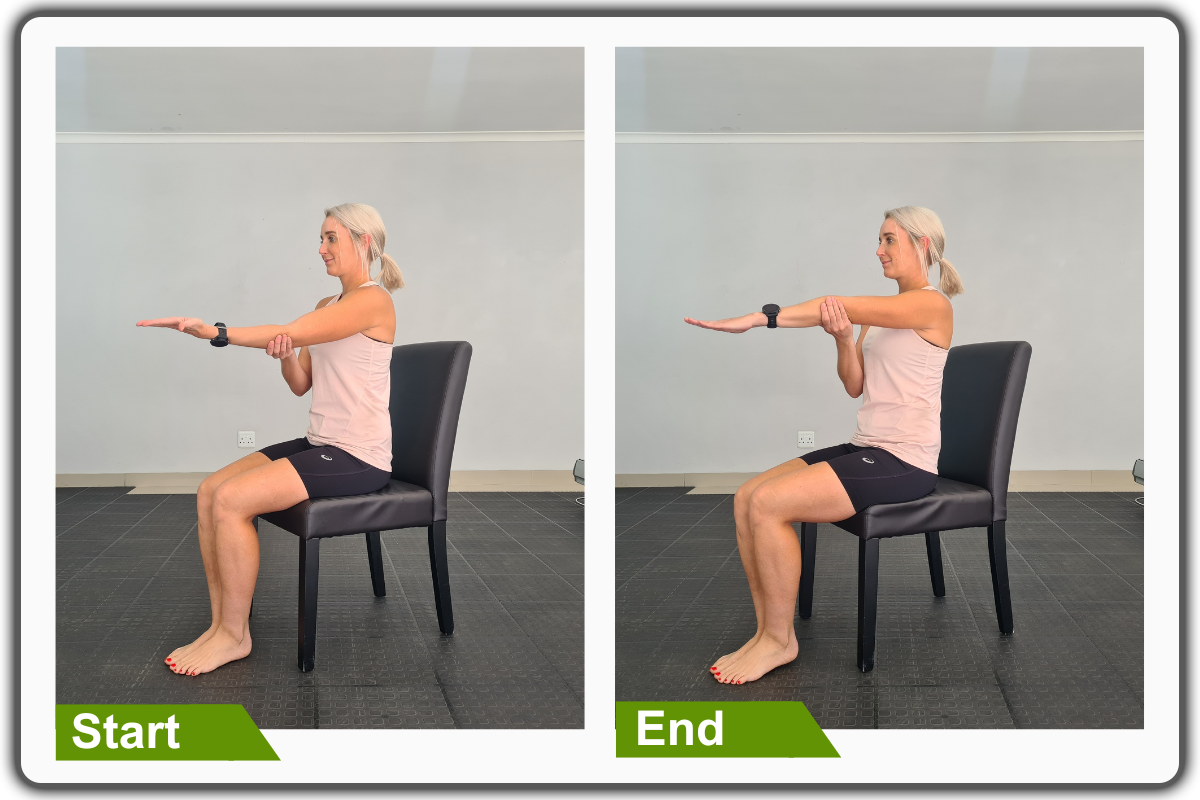
Hand Flips
Begin in an upright sitting position on a chair with your knees bent and feet flat on the floor, maintaining good alignment with your head, shoulders, and hips. Place your hands on your thighs with your palms resting on your knees. Focusing on your affected elbow, flip both hands over so the back of your hands rests on your thighs. Repeat the movement for 8 to 12 repetitions, alternating directions.
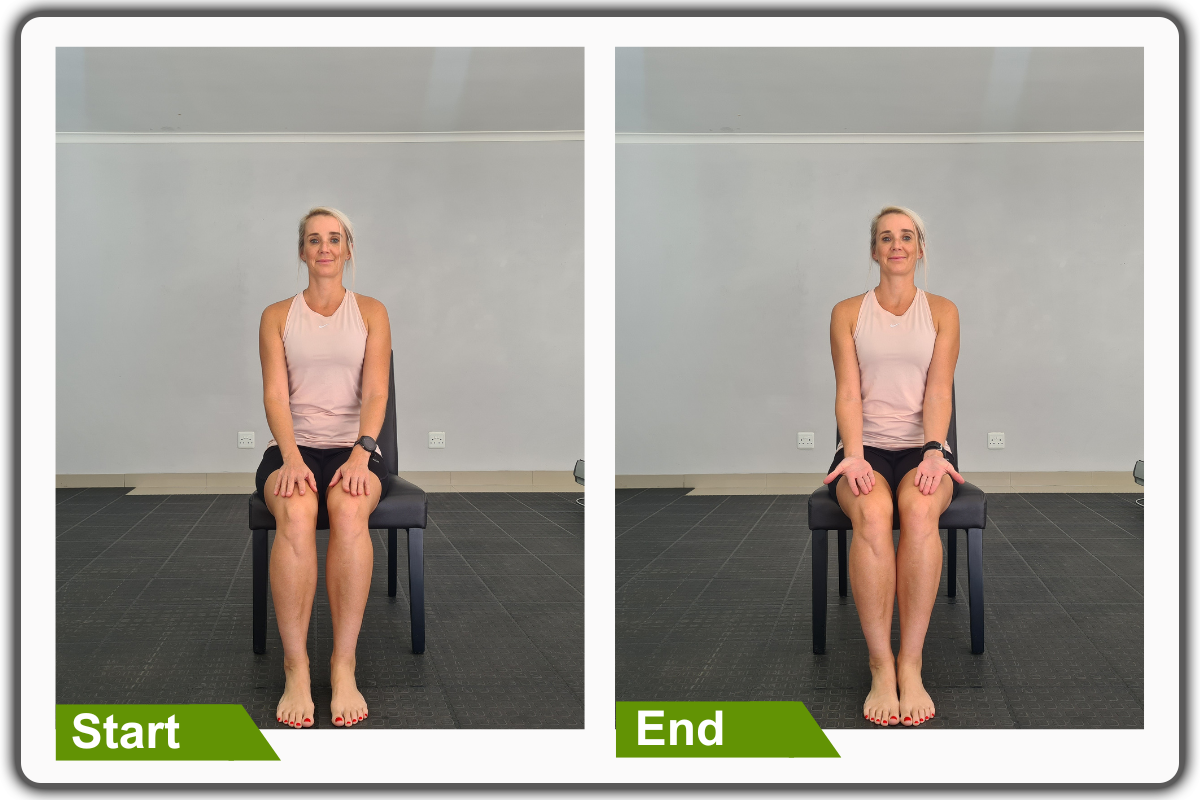
Precautions before starting exercises
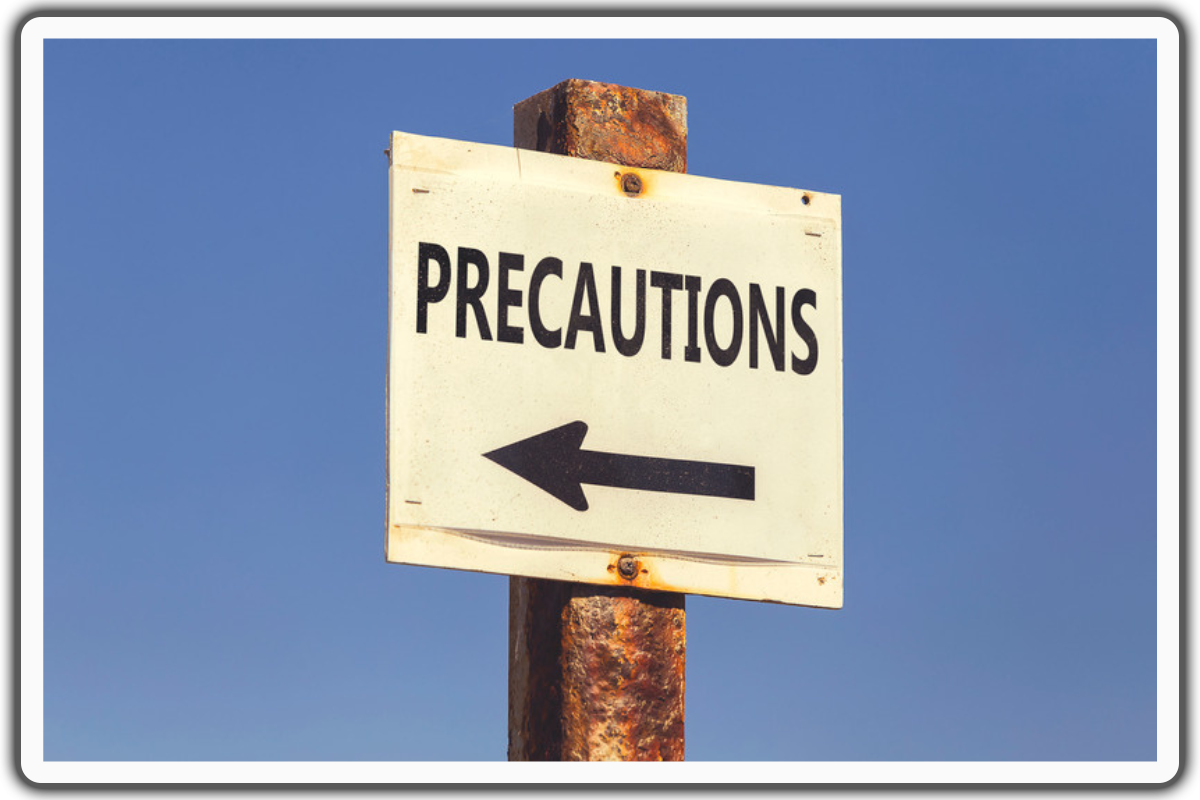
Before starting any exercise program for olecranon bursitis recovery, it is important to take certain precautions to ensure safety and maximize effectiveness. Here are some precautions to keep in mind:
How to heal elbow bursitis quickly
Consult a healthcare professional
Before beginning any exercise program, seek guidance from a healthcare professional or physical therapist to check your condition and provide customized recommendations. They can recommend the most appropriate exercises based on the severity of your bursitis and any underlying medical conditions.
Start slowly and progress gradually
It is crucial to begin with gentle exercises and gradually increase the intensity and duration as your condition improves. Pushing yourself too hard or incorrectly performing the exercises can worsen symptoms and delay healing.
Listen to your body
Pay attention to any pain or discomfort during exercises. If you experience sharp or worsening pain, stop the exercise and consult a healthcare professional. Feeling some discomfort during exercises is normal, but it should not be severe or persistent.
Warm-up and cool-down
Properly warming up your muscles and joints before starting any exercise session is crucial for injury prevention. This can be done through light cardio exercises such as brisk walking or cycling. Similarly, cooling down with stretching exercises after the workout can aid in alleviating muscle soreness and enhancing flexibility.
Olecranon bursitis treatment at home
Apart from exercises, various home treatments can aid in relieving symptoms and facilitating the recovery of olecranon bursitis. These include:
Rest: Avoid activities that strain the affected elbow and take regular breaks to allow proper rest and recovery.
Ice packs: Applying ice packs to the affected area for 15-20 minutes multiple times daily can diminish swelling and alleviate pain. Be sure to wrap the ice pack in lightweight fabric to protect your skin from frostbite.
Elevation: Elevating the affected arm above the heart level can help diminish swelling by facilitating optimal circulation and fluid drainage.
Over-the-counter pain medications: Ibuprofen or naproxen, classified as nonsteroidal anti-inflammatory dugs (NSAIDs), can alleviate pain and inflammation. Yet, it's crucial to adhere to the advised dosage and seek guidance from a healthcare provider if you have existing medical conditions or are on other medication.
Other Treatment Options for Olecranon Bursitis
In addition to self-care measures and exercises, other treatment options are available for olecranon bursitis, especially in severe cases or when in infection is present. These include:
- Aspiration: In some cases, the bursa may be drained using a needle and syringe to remove excess fluid and reduce swelling. A trained professional in a healthcare environment typically carries out this procedure.
- Corticosteroid injections: Injections or corticosteroids into the bursa can help reduce the inflammation and alleviate symptoms. This treatment is usually reserved for cases not responding to conservative measures.
- Antibiotics: If the bursa becomes infected, doctors may prescribe either oral or intravenous antibiotics to address the infection and prevent the risk of additional complications. It is important to complete the full course of antibiotics as a healthcare professional prescribes.
Tips for faster recovery from olecranon bursitis
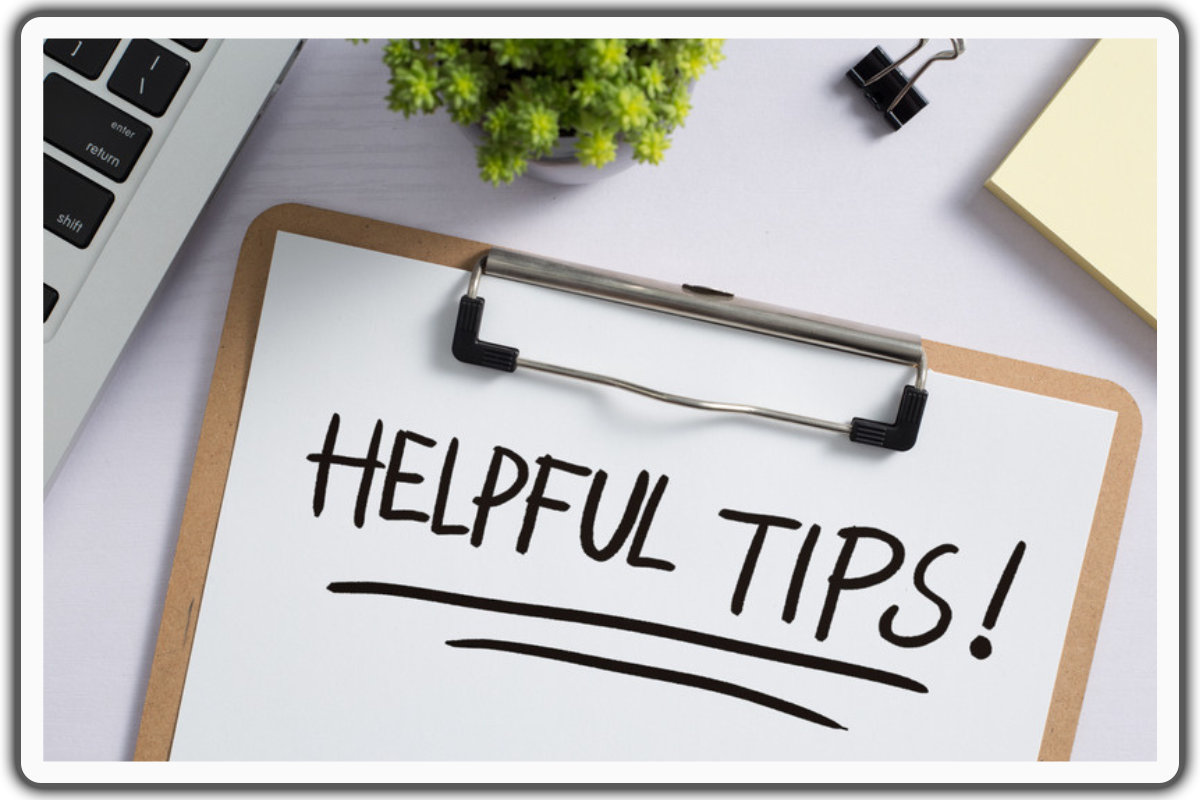
In addition to exercises, physical therapy, and other treatment options, several tips can help decrease pain, speed up the recovery process, and prevent future flare-ups of olecranon bursitis.
- Maintain good posture: Poor posture can strain the elbow joint unnecessarily, leading to an increased risk of bursitis. Practice good posture by keeping your shoulders back, chest lifted, and spine aligned.
- Avoid repetitive motions: If repetitive motions: If repetitive motions cause your bursitis, it is important to identify and avoid the activities that trigger the symptoms. If the activity is necessary, take frequent breaks and modify your technique to reduce strain on the elbow.
- Use protective equipment: If you participate in activities that put your elbows at risk, such as contact sports or manual labor, use protective equipment such as elbow pads or braces to minimize the chances of getting injured.
- Maintain a healthy weight: Carrying extra weight can increase pressure on your joints, including the elbows. Keeping a balanced diet and staying active with regular exercise can lower the chances of developing bursitis and enhance the well-being of your joints.
- Listen to your body: If you experience any symptoms or discomfort in your elbow, do not ignore them. Rest, apply ice, and consult a healthcare professional if necessary. Early intervention can prevent the condition from worsening and promote faster recovery.
Conclusion
Olecranon bursitis can be painful and limiting, but the right approach can decrease pain and allow the affected elbow to regain functionality. Exercise is crucial in managing and recovering from bursitis by reducing pain, improving flexibility and elbow stiffness, and strengthening the surrounding muscles.
By incorporating the essential side elbow bursitis exercises outlined in this article into your recovery plan, along with other self-care measures and treatment options, you can speed up your recovery and enjoy a pain-free life again. Before starting any exercise program, consult with a healthcare professional and listen to your body to avoid further injury. Say goodbye to the discomforting elbow pain and embrace an active lifestyle with these essential exercises for olecranon elbow bursitis.
